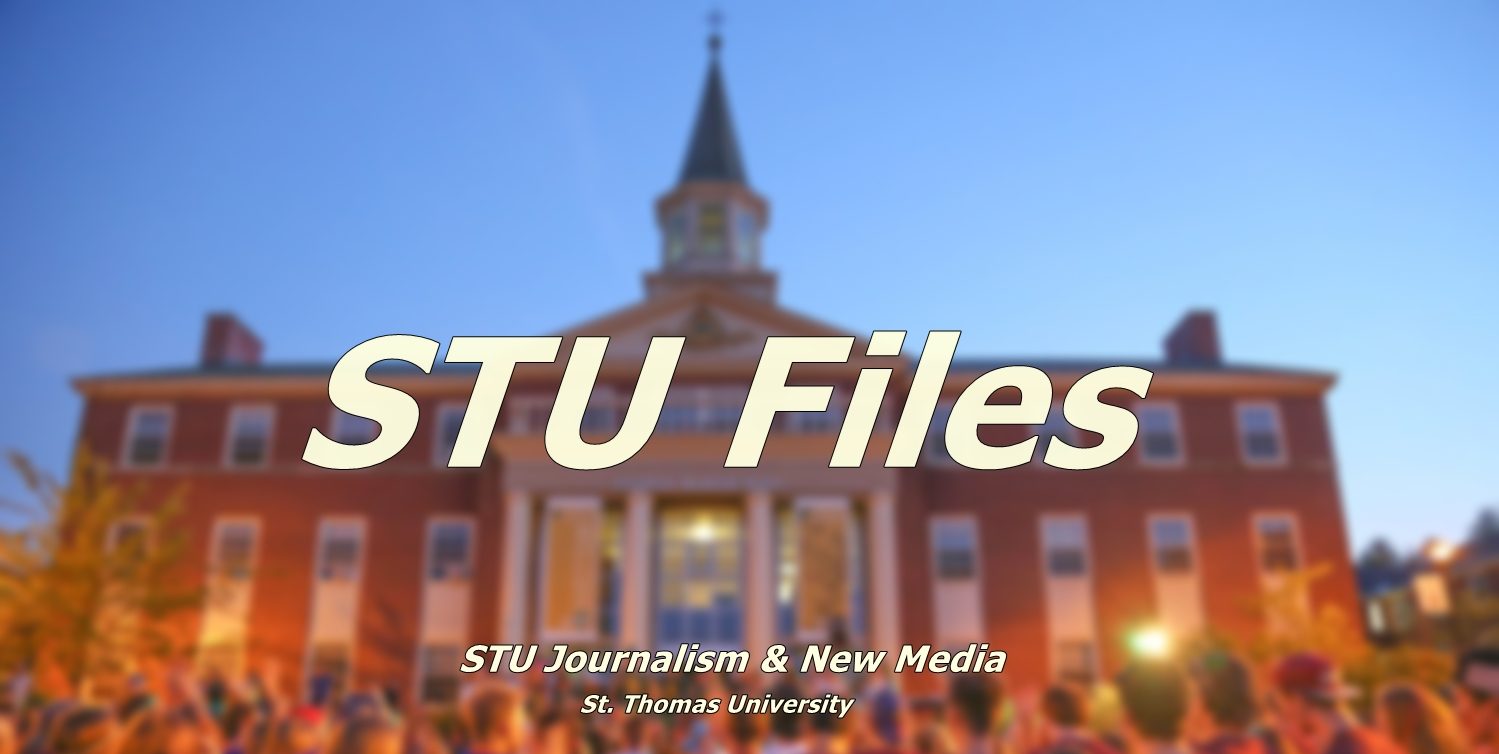How a Student with Muscular Dystrophy Navigates her University Campus
Fredericton NB- Most students don’t have to think twice about how they will navigate their university campus on a daily basis. However, those with accessibility challenges share a common concern as to just how living and moving about campus will work day to day. Renelle Belliveau is a third-year Gerontology student at Saint Thomas University. She was diagnosed with Muscular Dystrophy at just four months old after doctors tested her for the genetic marker running in her family following birth. She now requires a wheelchair to help her get around wherever she goes.
The navigation of campus hasn’t always been easy for Belliveau, especially in the winter. There have been cases where snow piled outside the front door meant she wasn’t able to go to meal hall that day and had to get food delivered; deliveries that were sometimes forgotten. She lives in one of the campus’ three residences in one of the only handicap accessible rooms.
“For my desk, I don’t have a chair because I brought my own [wheel]chair. My bed is also quite low so I can just slide on over. Everything is at a height that I can reach because obviously I’m sitting all the time.”
Every part of the room is tailored to her height, from a low-hanging closet containing all her clothes and food, to another dresser with a shelf that pulls out to be used as desk space for studying.

For the most part, Belliveau feels that her needs are met by Residence Life and the accessibility team, aside from campus being located on top of a hill. The university’s accessibility team works directly with students year-round to create a plan of action that maximizes their experience on campus.
Student accessibility advisor Rick Sharpe says the campus has made great progress over the years, but still has room for improvement.
“Physically on campus, it’s not as good as it could be. One of them is a physical restriction; we’re on a hill. So, we don’t have a lot of flat surfaces that make it easy for people with mobility issues.”

The hilly campus has proved to be especially challenging for Belliveau as she doesn’t have a powered wheelchair. Having a manual wheelchair means she often relies on friends to push her to and from class for the majority of the year. She says this specifically weighs on her as she wants to be independent and control where she goes as well as when and how she gets there.
Though the university continuously makes changes to its policy for students like Belliveau, Sharpe says he would like to see more structural changes made to the campus grounds.
“We could make campus more accessibility by turning more entrances and exits into ones accessible by all people.”
Belliveau is pleased with the progress the campus has made over the years in becoming accessible to all students. The school has continued its path of improvement by maintaining walkways and providing more on campus resources for students from all backgrounds.

